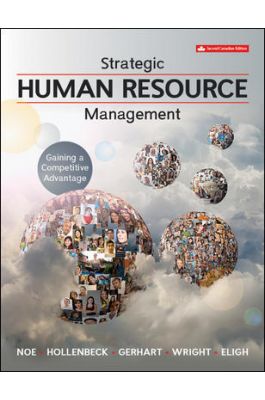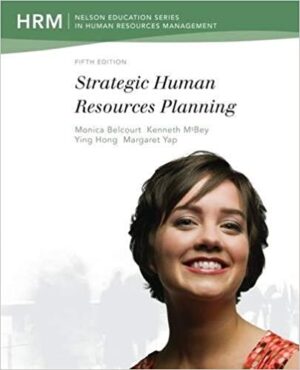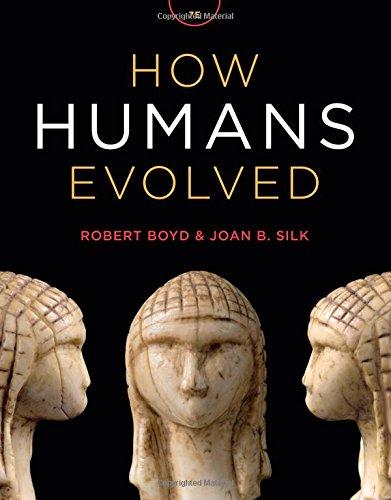Strategic Human Resource Management Gaining a Competitive Advantage 2nd edition By Andrew Noe – Test Bank
Do you need test banks fast? eTestBank.net is the best test bank website for you! Download your test bank right after you pay. No waiting!
Why eTestBank.net is Great:
✅ Instant Download:
Get your test bank right away after payment.
✅ Unlimited Downloads:
Download your test bank anytime and as many times as you want.
✅ 24/7 Live Help:
We are here to help you all day, every day.
✅ Guaranteed Delivery:
If you don’t get the download right away, we will send it to you in 3 to 6 hours.
How to Get Your Test Bank:
- Pick Your Test Bank: Choose from many test banks.
- Pay Safely: Pay securely on eTestBank.net.
- Download Instantly: Get your test bank immediately after payment.
- Download Anytime: Unlimited downloads whenever you need them.
Need Help? Contact Us:
📧 Email: [Support@etestbank.net]
📱 WhatsApp: [https://wa.me/message/MC222DLQ4GDXL1r]
Didn’t Get Your Download?
Don’t worry! If you don’t get the file right away, we’ll send it to you in 3 to 6 hours. Need it sooner? Contact us by email or WhatsApp.
💡 Buy now from eTestBank.net for instant downloads, unlimited access, and 24/7 support—get your test bank today!
Chapter 04
Analysis and Design of Work and Human Resource Planning
True / False Questions
1. The workflow process is a means for the manager to understand all the tasks required to produce several high-quality products as well as the skills necessary to perform those tasks.
TRUE
Bloom’s: Knowledge
Difficulty: Easy
Learning Objective: 04-01 Analyze an organization’s structure and workflow process, identifying the output, activities, and inputs in the production of a product or service.
Topic: 04-03 Analyzing Work Flow: Work Outputs, Processes, and Inputs
2. Once the output of a work unit has been identified, it is important to specify the quality and quantity standards for these outputs.
TRUE
Bloom’s: Knowledge
Difficulty: Moderate
Learning Objective: 04-01 Analyze an organization’s structure and workflow process, identifying the output, activities, and inputs in the production of a product or service.
Topic: 04-03 Analyzing Work Flow: Work Outputs, Processes, and Inputs
3. For teams to be effective, it is essential that the level of task interdependence be greater than the level of outcome interdependence.
FALSE
Bloom’s: Knowledge
Difficulty: Moderate
Learning Objective: 04-01 Analyze an organization’s structure and workflow process, identifying the output, activities, and inputs in the production of a product or service.
Topic: 04-03 Analyzing Work Flow: Work Outputs, Processes, and Inputs
4. The final stage in the work-flow analysis is to identify the inputs used in the development of the work unit’s product.
TRUE
Bloom’s: Knowledge
Difficulty: Easy
Learning Objective: 04-01 Analyze an organization’s structure and workflow process, identifying the output, activities, and inputs in the production of a product or service.
Topic: 04-03 Analyzing Work Flow: Work Outputs, Processes, and Inputs
5. Centralization refers to the degree to which work units are grouped based on functional similarity or similarity of work flow.
FALSE
Bloom’s: Knowledge
Difficulty: Easy
Learning Objective: 04-01 Analyze an organization’s structure and workflow process, identifying the output, activities, and inputs in the production of a product or service.
Topic: 04-04 Organization Structure
6. Functional structures tend to be less flexible, but more innovative than divisional structures.
FALSE
Bloom’s: Knowledge
Difficulty: Moderate
Learning Objective: 04-01 Analyze an organization’s structure and workflow process, identifying the output, activities, and inputs in the production of a product or service.
Topic: 04-04 Organization Structure
7. Divisional structures are most appropriate in stable, predictable environments where it is relatively easy to anticipate demands for resources and coordination requirements between jobs that are not consistent over time.
FALSE
Bloom’s: Comprehension
Difficulty: Moderate
Learning Objective: 04-01 Analyze an organization’s structure and workflow process, identifying the output, activities, and inputs in the production of a product or service.
Topic: 04-04 Organization Structure
8. Employees in functional structures tend to have more decision-making authority than their counterparts in divisional structures.
FALSE
Bloom’s: Comprehension
Difficulty: Moderate
Learning Objective: 04-01 Analyze an organization’s structure and workflow process, identifying the output, activities, and inputs in the production of a product or service.
Topic: 04-04 Organization Structure
9. Job analysis refers to the process of getting detailed information about jobs.
TRUE
Bloom’s: Knowledge
Difficulty: Easy
Learning Objective: 04-02 Understand the importance of job analysis in strategic human resource management.
Topic: 04-05 Job Analysis: The Building Block of HRM
Related Test Bank
Strategic Corporate Social Responsibility Sustainable Value Creation 4th Edition – Test Bank





